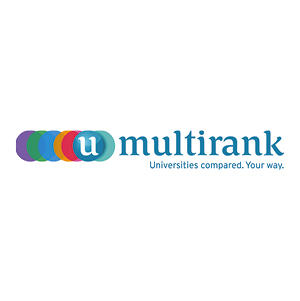Income from agriculture and forestry
This category refers to income from the cultivation of land for the production of plant or animal goods. A concrete example would be a farmer who runs his own farm where he grows grain and keeps cows for milk production. The income includes the sale of milk, grain and possibly subsidies received for agricultural activities.
Income from business operations
This income comes from self-employment in trade, crafts, industry or another commercial sector. Let's take the example of a self-employed craftsman who runs a carpentry business. His income is made up of the revenue from furniture produced and services rendered less operating expenses such as material costs, rent for the workshop and salaries for employees.
Income from self-employed work
This category refers to the self-employed provision of services that require higher education or are of an artistic or literary nature. An example of this would be a freelance architect who designs buildings. His income comes from the fees for his planning services, after deduction of professional expenses such as office rent, software licenses and travel expenses.
Income from letting and leasing
This refers to income from the transfer of real estate or movable property for use. An example would be an owner who rents out several apartments. The rental income, after deduction of income-related expenses such as maintenance costs, interest on loans to finance the property and depreciation, constitutes his income.





















